Plant Pathogen Interactions: Biological Mechanisms
Introduction
Plant pathogen interactions involve the complex biological mechanisms between plants and the pathogens that infect them. These interactions are crucial in understanding plant diseases and developing effective strategies for disease management. The study of plant-pathogen interactions is a specialized field within the broader discipline of plant pathology[1].
Types of Plant Pathogens
There are several types of plant pathogens, including fungi, bacteria, viruses, nematodes, and viroids. Each of these pathogens interacts with plants in unique ways, leading to a range of plant diseases[2].
Plant-Pathogen Interactions
Plant-pathogen interactions can be broadly divided into two categories: compatible and incompatible interactions. In compatible interactions, the pathogen successfully invades the plant and causes disease. In incompatible interactions, the plant successfully defends against the pathogen, preventing disease[3].
Compatible Interactions
In compatible interactions, the pathogen uses various strategies to evade or suppress the plant's defense mechanisms. These strategies include the production of effectors, molecules that interfere with the plant's immune response[4].
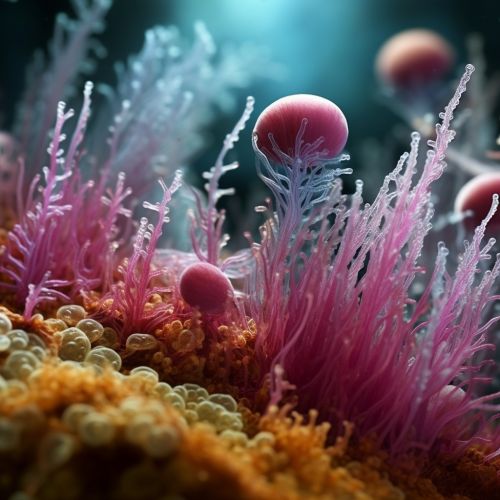

Incompatible Interactions
In incompatible interactions, the plant recognizes the pathogen and activates its defense mechanisms. This recognition is often mediated by plant resistance (R) genes, which interact with pathogen avirulence (Avr) genes[5].


Plant Defense Mechanisms
Plants have developed a variety of defense mechanisms to protect against pathogens. These include physical barriers, chemical defenses, and immune responses. Understanding these mechanisms is crucial for the development of disease-resistant plant varieties[6].
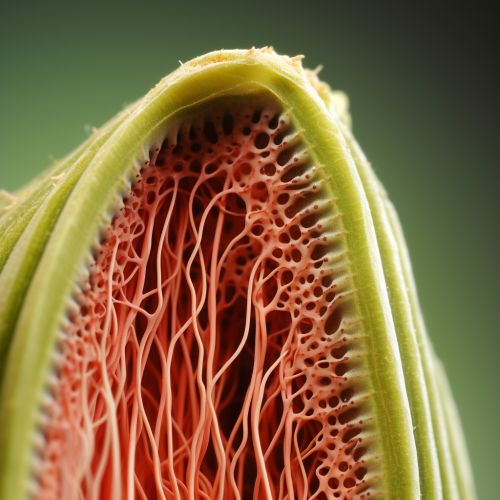
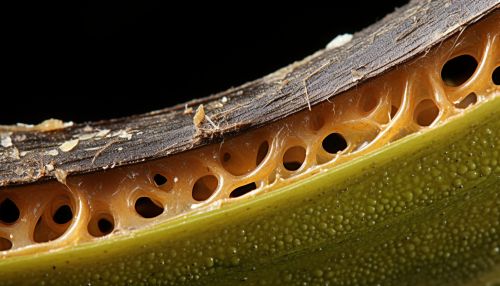
Disease Management
Effective disease management strategies are based on a thorough understanding of plant-pathogen interactions. These strategies include the use of disease-resistant plant varieties, crop rotation, and the application of fungicides and other pesticides[7].


Future Perspectives
The study of plant-pathogen interactions continues to be a vibrant and rapidly evolving field. Advances in genomics and other technologies are providing new insights into the complex interplay between plants and their pathogens. These advances promise to lead to more effective and sustainable strategies for disease management[8].
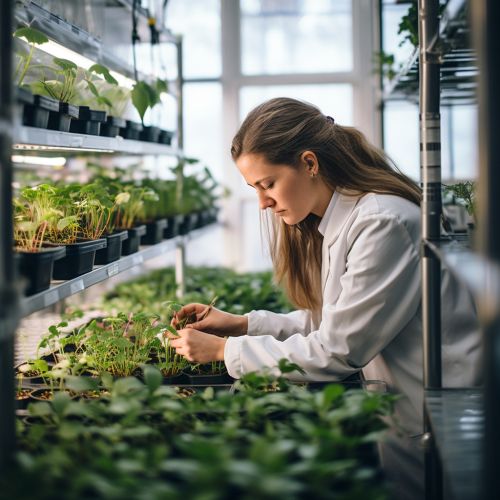
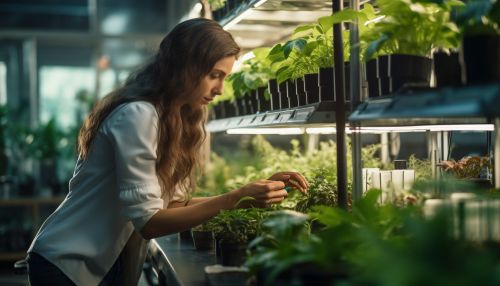
See Also
References
- ↑ Agrios, George N. (2005). Plant Pathology (5th ed.). Elsevier Academic Press. ISBN 978-0-12-044565-3.
- ↑ Lucas, J. A. (1998). Plant Pathology and Plant Pathogens (3rd ed.). Wiley-Blackwell. ISBN 978-0-632-03046-3.
- ↑ Flor, H. H. (1971). "Current Status of the Gene-For-Gene Concept". Annual Review of Phytopathology. 9: 275–296. doi:10.1146/annurev.py.09.090171.001423.
- ↑ Dodds, P. N.; Rathjen, J. P. (2010). "Plant immunity: towards an integrated view of plant-pathogen interactions". Nature Reviews Genetics. 11 (8): 539–548. doi:10.1038/nrg2812.
- ↑ Jones, J. D. G.; Dangl, J. L. (2006). "The plant immune system". Nature. 444 (7117): 323–329. doi:10.1038/nature05286.
- ↑ Walling, L. L. (2000). "The myriad plant responses to herbivores". Journal of Plant Growth Regulation. 19 (2): 195–216. doi:10.1007/s003440000026.
- ↑ Strange, R. N.; Scott, P. R. (2005). "Plant Disease: A Threat to Global Food Security". Annual Review of Phytopathology. 43: 83–116. doi:10.1146/annurev.phyto.43.113004.133839.
- ↑ Jones, J. D. G.; Dangl, J. L. (2006). "The plant immune system". Nature. 444 (7117): 323–329. doi:10.1038/nature05286.
